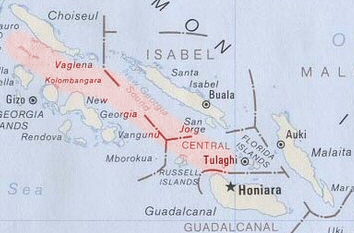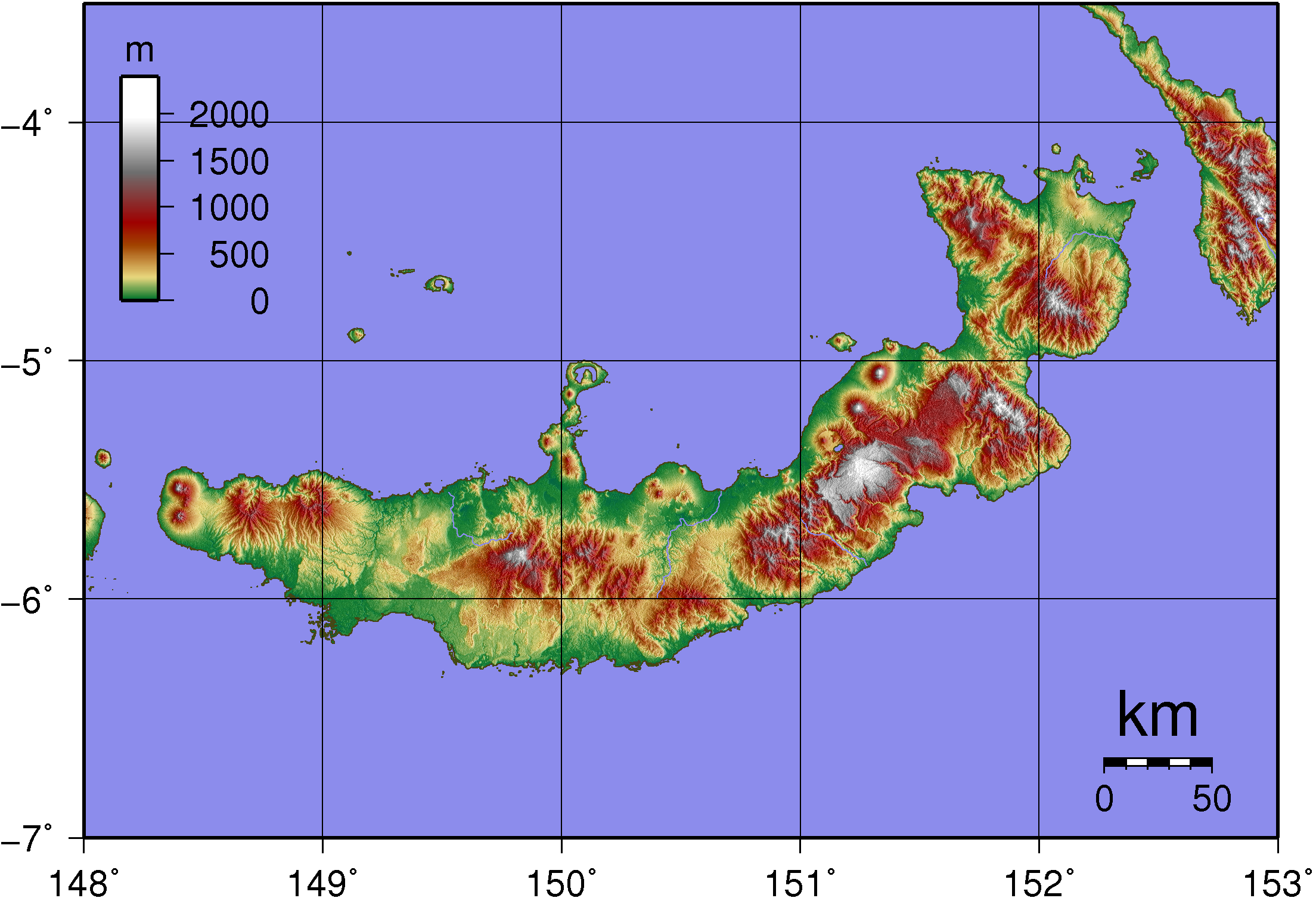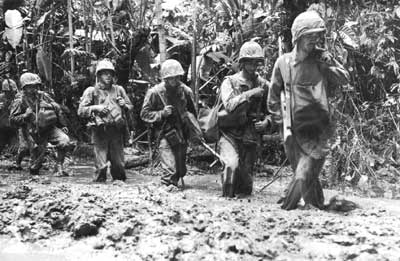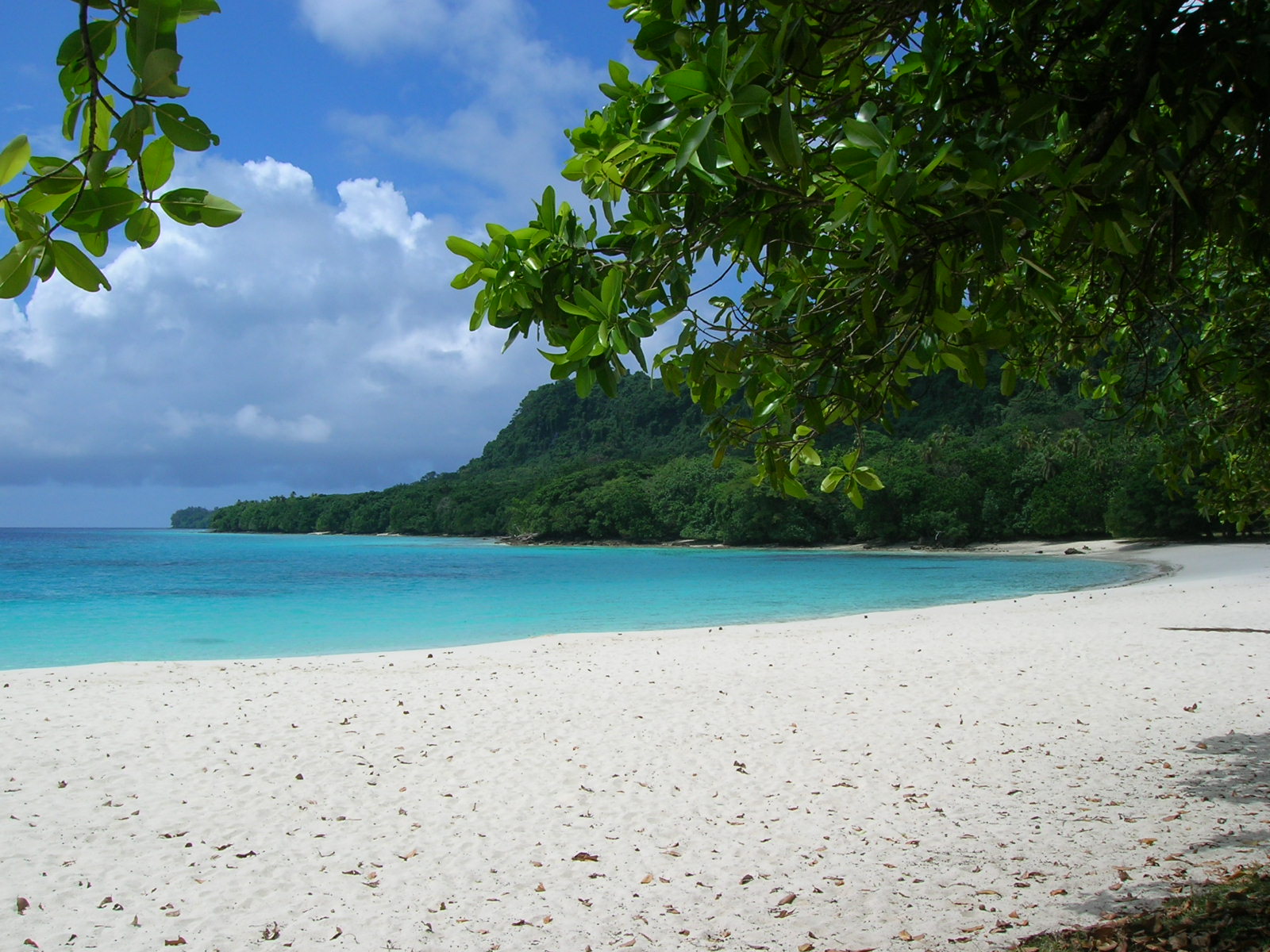|
USS Charles Ausburne (DD-570)
USS ''Charles Ausburne'' (DD-570), a , was the second ship of the United States Navy to be named for Charles L. Ausburne, a sailor in World War I who was posthumously awarded the Navy Cross. ''Charles Ausburne'' was launched 16 March 1942 by Consolidated Steel Corporation, Orange, Tex.; sponsored by Mrs. W. H. Cotten; and commissioned 24 November 1942. ''Charles Ausburnes first mission which took place between 1 April and 8 May 1943 was to escort a convoy from New York to Casablanca, returning with another. At Boston on 11 May, she joined Destroyer Squadron 23 upon its activation, and was assigned as flagship for Destroyer Division 45. Guadalcanal and Solomon Islands campaigns ''Charles Ausburne'' arrived at Nouméa, New Caledonia, 28 June 1943 to begin a summer of patrol and escort duties supporting the conquest of Guadalcanal, guarding convoys to that island, and between such ports as Efate and Espiritu Santo. From 27 August, she was based at Port Purvis on ... [...More Info...] [...Related Items...] OR: [Wikipedia] [Google] [Baidu] |
Destroyer Division 45
In naval terminology, a destroyer is a fast, maneuverable, long-endurance warship intended to escort larger vessels in a fleet, convoy, or carrier battle group and defend them against a wide range of general threats. They were conceived in 1885 by Fernando Villaamil for the Spanish NavySmith, Charles Edgar: ''A short history of naval and marine engineering.'' Babcock & Wilcox, ltd. at the University Press, 1937, page 263 as a defense against torpedo boats, and by the time of the Russo-Japanese War in 1904, these "torpedo boat destroyers" (TBDs) were "large, swift, and powerfully armed torpedo boats designed to destroy other torpedo boats". Although the term "destroyer" had been used interchangeably with "TBD" and "torpedo boat destroyer" by navies since 1892, the term "torpedo boat destroyer" had been generally shortened to simply "destroyer" by nearly all navies by the First World War. Before World War II, destroyers were light vessels with little endurance for unattended oc ... [...More Info...] [...Related Items...] OR: [Wikipedia] [Google] [Baidu] |
New Georgia Sound
New Georgia Sound is the sound in the New Georgia Islands region that runs approximately southeast–northwest through the middle of the Solomon Islands archipelago in the Southern Pacific Ocean and Melanesia.Map of the Solomon Islands archipelago (a better map). Geography The sound is bounded by Choiseul Island, Santa Isabel Island, and Florida Island to the north, and by Vella Lavella,[...More Info...] [...Related Items...] OR: [Wikipedia] [Google] [Baidu] |
New Britain
New Britain () is the largest island in the Bismarck Archipelago, part of the Islands Region of Papua New Guinea. It is separated from New Guinea by a northwest corner of the Solomon Sea (or with an island hop of Umboi Island, Umboi the Dampier Strait (Papua New Guinea), Dampier and Vitiaz Straits) and from New Ireland (island), New Ireland by St. George's Channel (Papua New Guinea), St. George's Channel. The main towns of New Britain are Rabaul/Kokopo and Kimbe. The island is roughly the size of Taiwan. When the island was part of German New Guinea, its name was Neupommern ("New Pomerania"). In common with most of the Bismarcks it was largely formed by volcanic processes, and has active volcanoes including Ulawun (highest volcano nationally), Langila, the Garbuna Group, the Sulu Range, and the volcanoes Tavurvur and Vulcan (volcano), Vulcan of the Rabaul caldera. A major eruption of Tavurvur in 1994 destroyed the East New Britain provincial capital of Rabaul. Most of the to ... [...More Info...] [...Related Items...] OR: [Wikipedia] [Google] [Baidu] |
Bougainville Island
Bougainville Island (; Tok Pisin: ''Bogenvil'') is the main island of the Autonomous Region of Bougainville, which is part of Papua New Guinea. Its land area is . The highest point is Mount Balbi, on the main island, at . The much smaller Buka Island, , lies to the north, across the wide Buka Passage, Buka Strait. Even though the strait is narrow, there is no bridge across it, but there is a regular ferry service between the key settlements on either side. The main airstrip in the north is in the town of Buka. Buka has an outcropping that is from New Ireland (island), New Ireland. Among the large islands of Papua New Guinea, New Ireland is the closest to Buka. Bougainville is the largest island in the Solomon Islands (archipelago), Solomon Islands archipelago. It was previously the main landmass in the North Solomon Islands, North Solomons, which were associated with the German Empire. Most of the islands in this archipelago (which are primarily concentrated in the southern ... [...More Info...] [...Related Items...] OR: [Wikipedia] [Google] [Baidu] |
Tokyo Express
The Tokyo Express was the name given by Allied forces to the use of Imperial Japanese Navy ships at night to deliver personnel, supplies, and equipment to Japanese forces operating in and around New Guinea and the Solomon Islands during the Pacific campaign of World War II. The operation involved loading personnel or supplies aboard fast warships (mainly destroyers), later submarines, and using the warships' speed to deliver the personnel or supplies to the desired location and return to the originating base all within one night so Allied aircraft could not intercept them by day. Name The original name of the resupply missions was "The Cactus Express", coined by Allied forces on Guadalcanal, who used the code name "Cactus" for the island. After the U.S. press began referring to it as the "Tokyo Express", apparently in order to preserve operational security for the code word, Allied forces also began to use the phrase. The Japanese themselves called the night resupply missio ... [...More Info...] [...Related Items...] OR: [Wikipedia] [Google] [Baidu] |
Solomon Islands
Solomon Islands, also known simply as the Solomons,John Prados, ''Islands of Destiny'', Dutton Caliber, 2012, p,20 and passim is an island country consisting of six major islands and over 1000 smaller islands in Melanesia, part of Oceania, to the northeast of Australia. It is directly adjacent to Autonomous Region of Bougainville, Bougainville, a part of Papua New Guinea to the west, Australia to the southwest, New Caledonia and Vanuatu to the southeast, Fiji, Wallis and Futuna, and Tuvalu to the east, and Nauru and the Federated States of Micronesia to the north. It has a total area of 28,896 square kilometres (11,157 sq mi), and a population of 734,887 according to the official estimates for mid-2023. Its capital and largest city, Honiara, is located on the largest island, Guadalcanal. The country takes its name from the wider area of the Solomon Islands (archipelago), Solomon Islands archipelago, which is a collection of Melanesian islands that also includes the Autonomous ... [...More Info...] [...Related Items...] OR: [Wikipedia] [Google] [Baidu] |
Nggela Islands
The Nggela Islands or Ngella Islands, previously known as the Florida Islands, are a small island group in the Central Province of Solomon Islands, a sovereign state, since 1978, in the southwest Pacific Ocean. The name Florida Islands fell into disuse following Solomon Islands' independence in 1978. The group is composed of four larger islands and about 50 smaller ones, many with white coral beaches. The four main islands are, Nggela Sule with Nggela Pile to its southeast, separated by the narrow Mboli Passage, Olevugha (also known as Mobokonimbeti, and previously Sandfly Is.) and Vatilau (also known as Buenavista) to the northwest. Smaller islands include: Anuha, (), south of Nggela Sule, Tulagi just off the southwest coast of Nggela Sule, now the capital of Central Province and previously the British administrative centre for the Solomons, Gavutu and Tanambogo. History The first recorded sighting by Europeans was by the Spanish expedition of Álvaro de Mendaña on 16 A ... [...More Info...] [...Related Items...] OR: [Wikipedia] [Google] [Baidu] |
Purvis Bay
Purvis Bay is located in the Nggela Islands, part of the Solomon Islands. Purvis Bay is the sheltered area to the south of the island Nggela Sule (referred to as Florida Island during World War II), including and trending southeast from the neighbouring Tulagi islet. Purvis Bay and the Nggela Islands lie across "Ironbottom Sound" from Guadalcanal. The bay was the site of Port Purvis, maintained by the United States Navy, for use by the Allied navies in the Pacific Ocean theater of World War II The Pacific Ocean theater of World War II was a major theater of the Pacific War, the war between the Allies and the Empire of Japan. It included the U.S. Pacific Ocean Areas (command). which included most of the Pacific Ocean and its isl .... References Bays of the Solomon Islands {{Solomons-geo-stub ... [...More Info...] [...Related Items...] OR: [Wikipedia] [Google] [Baidu] |
Espiritu Santo
Espiritu Santo (, ; ) is the largest island in the nation of Vanuatu, with an area of and a population of around 40,000 according to the 2009 census. Geography The island belongs to the archipelago of the New Hebrides in the Pacific region of Melanesia. It is in the Sanma Province of Vanuatu. The town of Luganville, on Espiritu Santo's southeast coast, is Vanuatu's second-largest settlement and the provincial capital. Roads run north and west from Luganville, but most of the island is far from the limited road network. Around Espiritu Santo lie a number of small islands and islets; among them are: Dany Island, Araki Island, Araki, Elephant Island (Vanuatu), Elephant Island, Sakao Island (Sanma, Vanuatu), Sakao, Lataroa, Lataro, Thion (Vanuatu), Thion, Malohu, Malwepe, Malvapevu, Malparavu, Maltinerava, Oyster Island, Tangoa Island, Tangoa, and Bokissa. Vanuatu's highest peak is the Mount Tabwemasana in west-central Espiritu Santo. History A Spanish East Indies, Spanish ... [...More Info...] [...Related Items...] OR: [Wikipedia] [Google] [Baidu] |
Efate
Efate (), also known as Île Vate (), is an island in the Pacific Ocean which is part of the Shefa Province in Vanuatu. Geography It is the most populous (approx. 66,000) island in Vanuatu. Efate's land area of makes it Vanuatu's third largest island. Its geological past was heavily volcanic, meaning that a lava shelf surrounds much of the island. Most inhabitants of Efate live in Port Vila, the national capital. Its highest mountain is Mount McDonald with a height of . History Captain James Cook named it Sandwich Island "in honour of my noble patron, the Earl of Sandwich" on his 1774 voyage on . Coconut trees were planted on Efate in the mid-1800s. During World War II, Efate served an important role as a United States military base. On March 13, 2015, Port Vila, Vanuatu, Port Vila, the island's largest human settlement and the capital of Vanuatu, bore extensive damage from Cyclone Pam. In December 2024, 2024 Port Vila earthquake, a magnitude 7.3 earthquake reportedly ... [...More Info...] [...Related Items...] OR: [Wikipedia] [Google] [Baidu] |
Guadalcanal
Guadalcanal (; indigenous name: ''Isatabu'') is the principal island in Guadalcanal Province of Solomon Islands, located in the southwestern Pacific Ocean, northeast of Australia. It is the largest island in the Solomons by area and the second-largest by population (after Malaita). The island is mainly covered in dense tropical rainforest and has a mountainous hinterland. Guadalcanal was first charted by Europeans during the Spanish expedition of Álvaro de Mendaña de Neira, Álvaro de Mendaña in 1568. The name comes from the village of Guadalcanal, Seville, Guadalcanal, in the province of Sevilla (province), Seville, in Andalusia, Spain, birthplace of Pedro de Ortega Valencia, a member of Mendaña's expedition. During 1942 and 1943, it was the scene of the Guadalcanal campaign and saw bitter fighting between Japanese and U.S. troops. The Americans were ultimately victorious. At the end of World War II, Honiara, on the north coast of Guadalcanal, became the new capital of ... [...More Info...] [...Related Items...] OR: [Wikipedia] [Google] [Baidu] |









